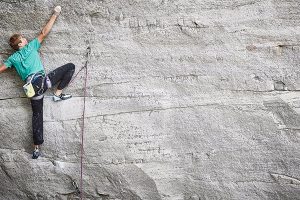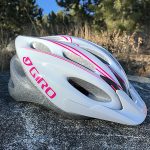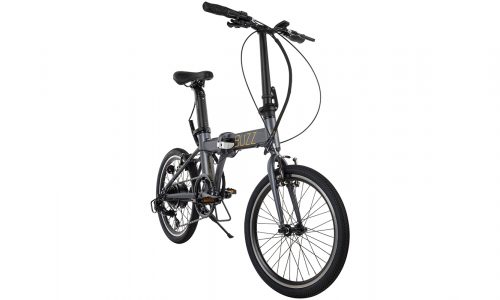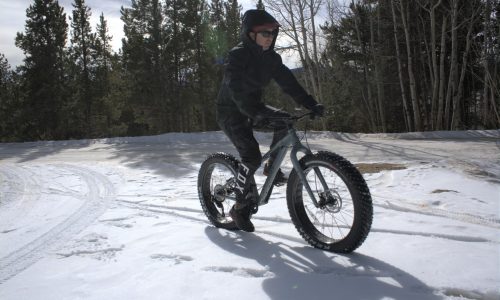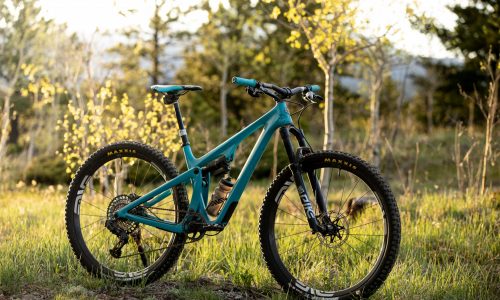Home » Gear Reviews » Biking » Bike Helmets » Mountain Bike Helmets » Smith Session
Smith Session Review
June 24, 2018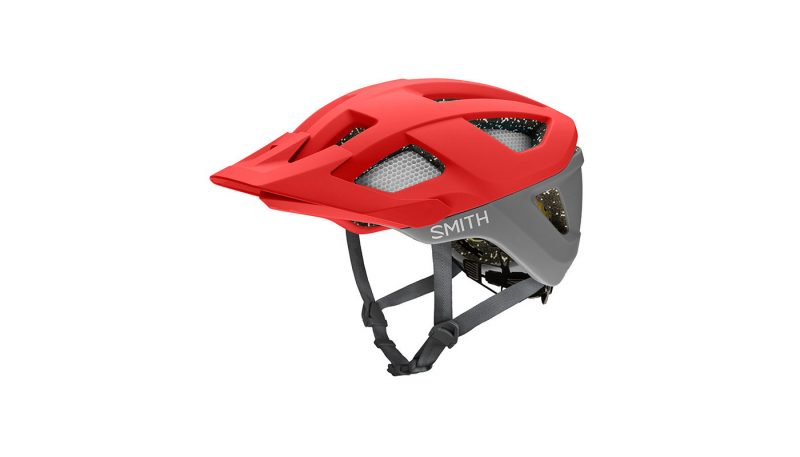













 88
88 The Good
- MIPS
- Excellent coverage & protection
- Goggle & sunglass-friendly
- Comfortable & lightweight
- Ponytail compatible
The Bad
- Poor ventilation
- Heavy
Comfort
The padding inside the Smith Session consists of two thin and narrow perforated anti-bacterial foam strips that run front to back. Though minimal in both weight and breadth, they provides enough of a barrier between the scalp and the abrasive edges of the Koroyd tubes. Comfort is also enhanced with the “VaporFit” system which provides a wide range of adjustability for different head shapes. One tester commented that she expected the thinner padding to reach their saturation point faster and drip sweat onto her face but they didn’t. She expected the thin and lightweight strap webbing on the sides of the face to be uncomfortable when soaked with sweat but they weren’t. Instead, they laid comfortably flat and did a good job of drying fast. Most importantly, she said that it did not leave a mark on her forehead after she took it off like most other helmets.
Ventilation
The Smith Session has 15 large air vents that cycle air in through the front and out the back. Four of the air vents contain Koroyd panels, a honeycomb-like sheet of tubes that protect the cyclist’s head upon impact. However, this translated to decreased ventilation on hot and humid rides because the tubes are not perfectly aligned with natural airflow direction so airflow has fewer entry points.
One tester commented that the Smith Session did not vent as well as the Kask Rex or the Sweet Protection Bushwhacker II on 70-degree days while riding hilly mountain bike trails at slower speeds and a lot of climbing.
Features
The Smith Session is definitely a stand-out among all the helmets in the test for its pairing of the Multi-directional Impact Protection System (MIPS) and the Aerocore/Koroyd layer to protect the cyclist’s head upon impact. Koroyd technology is a thick honeycomb-looking sheet between the helmet and the head that is a series of thousands of thermally-welded miniature tubes that absorbs impacts by elastically deforming. According to Smith, Koroyd absorbs thirty percent more impact energy. MIPS is a technology that allows a helmet to slide relative to the head, adding more protection against rotational violence to the brain caused by angled impacts.
All-around coverage is also outstanding. The size small that our testing team reviewed measures 17 inches in length from front to back and 15 inches wide from ear to ear. Though the visor is short (only 1.5 inches at the longest point), it offers two positions to choose from. One tester commented that the positions were either very high or very low and not an especially useful feature. Another tester stated that she had no issues with the adjustability range and was able to find a sweet spot in the middle which the other tester did not find.
Pockets between the Koroyd and EPS liner on either side of the helmet securely hold sunglasses. The Session is also goggle-friendly and has a mount for a light or action camera.
Fit
The Smith Session is equipped with a dial-operated adjustable fit system. With 40 incremental clicks it provides a wide range of fit with minimal wobble for a variety of skull shapes. Additionally, it offers three different vertical position settings to fully customize the depth of the helmet atop the rider’s head. All testers noted that they never experienced any pressure or discomfort, even on day-long rides.
Weight
With the generous head coverage, thin strap webbing, minimal padding, MIPS and the Koroyd sheet safety feature, the Smith Session is the heaviest of the two size small helmets in the test at 12.4 ounces (351g).
Marie Malinowski is a Minneapolis-based mountain biker, bike commuter, backpacker, and trail runner who covers our cycling accessories categories.

